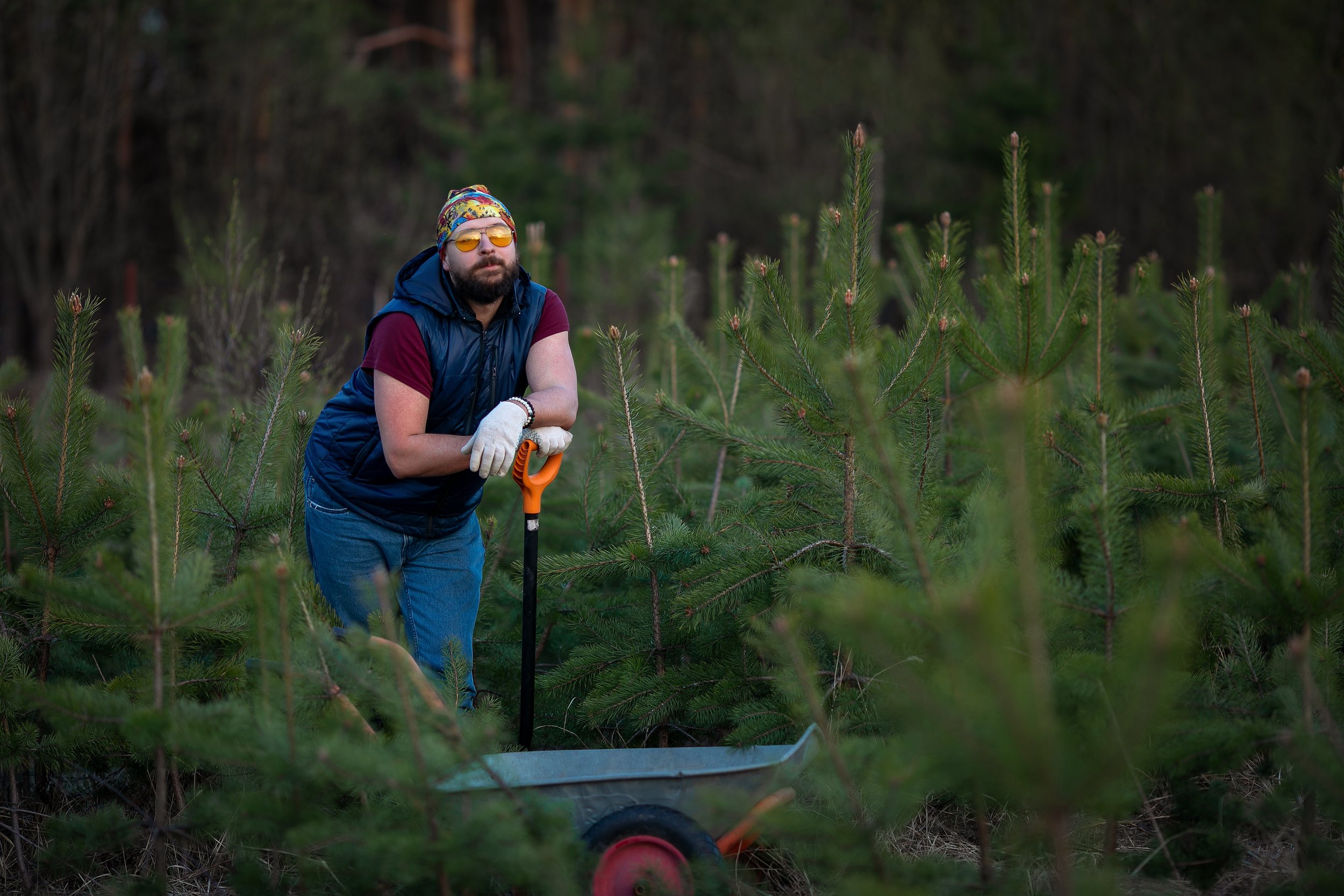Planning and developing a major tree-planting program takes teamwork and dedication
It all begins with an idea. Major tree planting is best when you have a large team and fully invested stakeholders. As this is our #1 priority and essential to our goal to plant at least 1 Billion trees by the end of 2035, we are eager to help you make your dream project a reality. Please see our suggested guide below, assemble a small team of dedicated people, and reach out to us for help along the way.

You are not in this alone
The Following plan may seem daunting, but we are here to help you and to try to find you local volunteers to assist with the planning and execution of a sustainable Local Tree Planting Project.
Step-by-step guide for Rotary Clubs interested in developing a Globally Focused MPP, incorporating your valuable suggestions:
Note: Globally Focused MPPs will be sought when MPP funds exceed $100,000
Identify Potential Partners:
Research and Identify: Begin by researching and identifying potential partner organizations with proven track records in large-scale, sustainable reforestation projects.
Potential Partners: Consider organizations like:
International NGOs: World Wildlife Fund (WWF), The Nature Conservancy (TNC), Conservation International
Regional Reforestation Organizations: Organizations focused on specific regions (e.g., African Wildlife Foundation, Rainforest Alliance)
Community-Based Organizations: Local organizations with strong roots in the target region and a proven track record of successful community-based conservation projects.
Initial Screening: Develop a preliminary screening process to narrow down the list of potential partners based on initial criteria such as:
Mission Alignment: Does the organization's mission align with the Rotary Fellowship of the Trees' goals?
Geographic Focus: Does the organization operate in a region of interest to the Rotary Club?
Project Experience: Does the organization have a proven track record of successful large-scale reforestation projects?
Involve the Board of Directors **The BOD will arrange for assistance with the following steps if the project is deemed a responsible use of MPP funds**:
Evaluation Criteria Development: Involve the Board of Directors in the development of specific evaluation criteria for potential partners. This ensures that the selection process aligns with the Fellowship's values and priorities.
Due Diligence Oversight: The Board of Directors should play a key role in overseeing the due diligence process, reviewing information on potential partners, and providing guidance on the selection criteria.
Conduct Thorough Due Diligence:
In-Depth Research: Conduct in-depth research on shortlisted organizations, including:
Reviewing their mission, vision, and values.
Assessing their past performance and impact through case studies, reports, and independent evaluations.
Verifying their financial transparency and accountability through financial audits and independent reviews.
Communicating with their staff and beneficiaries to gain firsthand insights into their work.
Seek Independent Verification: Consider seeking input from independent experts, such as environmental scientists, conservation specialists, or academic institutions, to assess the credibility and effectiveness of potential partners.
Develop a Project Proposal:
Define Scope and Goals: Clearly define the scope and goals of the project, including the target number of trees to be planted, the location of the project, and the specific objectives to be achieved.
Partner Agreement: Develop a formal agreement with the chosen partner organization, outlining the scope of the project, funding contributions, reporting requirements, and intellectual property rights (if applicable).
Funding Allocation: Allocate funds strategically to maximize the impact of the project, prioritizing cost-effectiveness and ensuring that a significant number of trees can be planted per US dollar.
Project Implementation and Monitoring:
Fund Transfer: Transfer funds securely to the partner organization in accordance with the agreed-upon terms.
Project Monitoring: Monitor the progress of the project through regular communication and reporting with the partner organization.
Data Collection and Reporting: Collect and analyze data on project outcomes, including the number of trees planted, survival rates, and environmental impact.
Share Results: Share project outcomes with the Rotary Fellowship of the Trees, other Rotary Clubs, and the broader public through reports, presentations, and social media.
